Market Share
Emergency Ambulance Vehicle Market Share Analysis
In the competitive landscape of the Emergency Ambulance Vehicle Market, companies employ various strategies to position themselves favorably and capture market share. One prominent approach is differentiation, where companies emphasize unique features or services to stand out. For instance, some companies may focus on advanced medical equipment onboard or specialized staff training to provide superior emergency care. By highlighting these distinguishing factors, they attract customers seeking higher quality or specialized services, thereby carving out a niche segment within the market.
Another strategy is cost leadership, where companies aim to become the lowest-cost provider in the market. This can involve streamlining operations, optimizing supply chains, or investing in efficient vehicle designs to reduce manufacturing costs. By offering competitive pricing, these companies appeal to budget-conscious customers, especially in markets where cost considerations heavily influence purchasing decisions. However, maintaining quality standards while pursuing cost leadership is crucial to prevent compromising on service excellence.
Furthermore, some companies pursue a focused or niche strategy, targeting specific customer segments or geographic regions. For example, a company might specialize in providing ambulance services tailored to rural areas, where accessibility and response time are critical due to longer distances. By concentrating efforts and resources in these niche markets, companies can build strong brand recognition and customer loyalty, which can translate into higher market share within their chosen segments.
Collaboration and partnerships also play a significant role in market share positioning strategies. Ambulance vehicle manufacturers may collaborate with healthcare providers or emergency service agencies to develop customized solutions or establish preferred supplier relationships. By aligning with key stakeholders in the industry, companies can gain access to a broader customer base and benefit from shared expertise and resources, ultimately strengthening their market position.
Moreover, innovation and technology adoption are essential drivers of market share growth in the Emergency Ambulance Vehicle Market. Companies that invest in research and development to introduce innovative features such as autonomous driving capabilities, telemedicine integration, or eco-friendly vehicle options can gain a competitive edge. These technological advancements not only enhance the efficiency and effectiveness of ambulance services but also appeal to customers seeking cutting-edge solutions, thereby expanding market share.
Effective marketing and branding strategies also contribute to market share positioning. Companies leverage advertising, promotions, and public relations efforts to raise awareness of their brand and offerings. By communicating their unique value proposition and building a positive brand image, companies can influence customer perceptions and preferences, driving demand for their products and services over competitors'.
Lastly, continuous monitoring of market trends, customer feedback, and competitor activities is vital for adapting and refining market share positioning strategies over time. By staying attuned to evolving customer needs and preferences, companies can adjust their offerings and strategies accordingly, ensuring relevance and competitiveness in the dynamic Emergency Ambulance Vehicle Market landscape. Overall, a combination of differentiation, cost leadership, focus, collaboration, innovation, marketing, and strategic agility forms the foundation of successful market share positioning strategies in the Emergency Ambulance Vehicle Market.

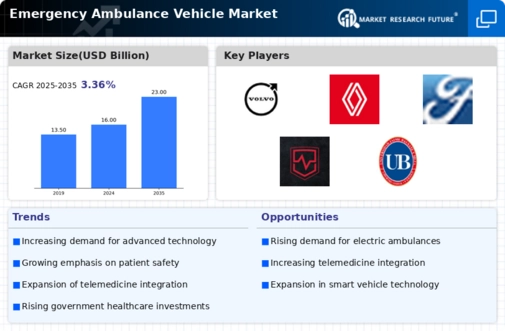
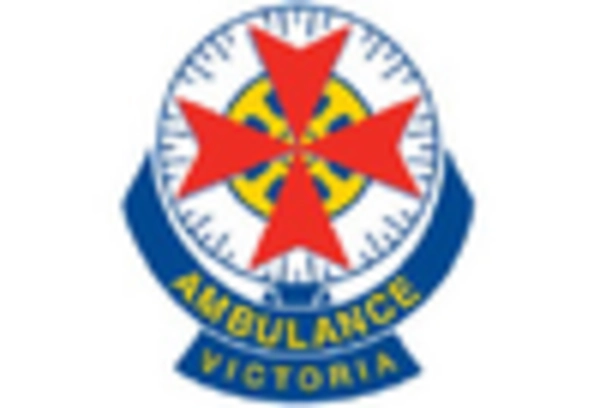

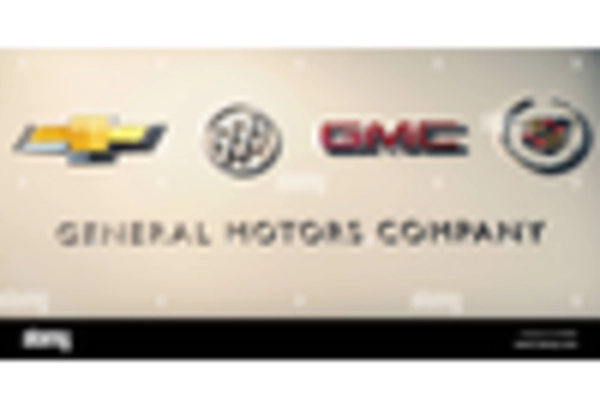
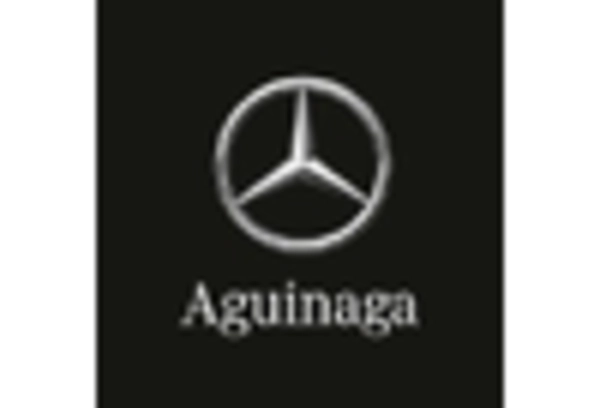
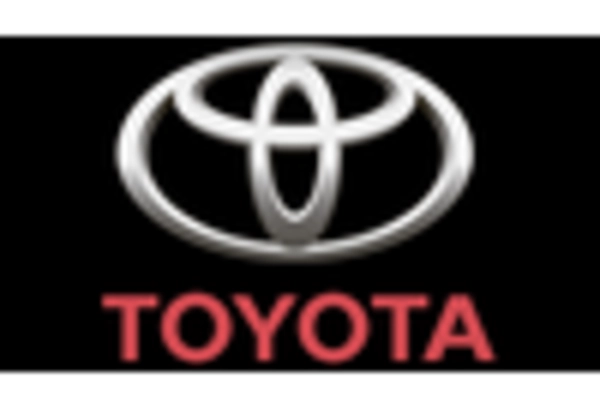
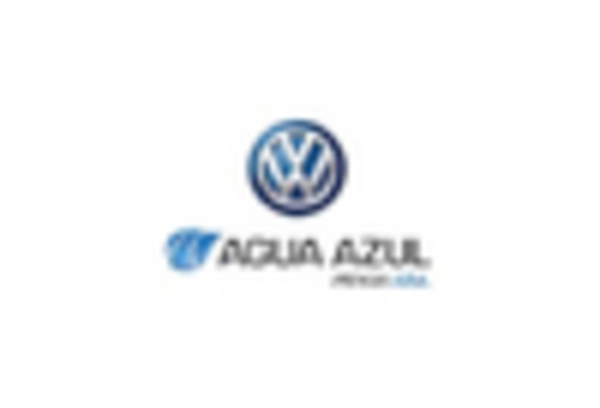









Leave a Comment